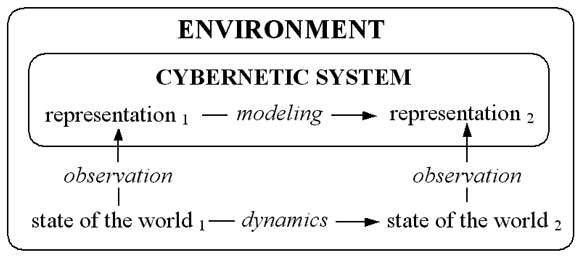This site has been largely ignored because it is too big. In other words, you see next to nothing because I can only seem to see it complete. That can only happen by fiat. I must speak Ipsoscope.com into being, or it will remain nothing. That is a terrible analogy for the aseity of God and creation. It is, however, the genesis of the web page, so I will be start with. “In the beginning.” As we all know, it had to come from somewhere. You can’t get something from nothing.
Aseity is a word that nobody uses in the real world. Only theologians and some other philosophers even know what it represents. A se is Latin. It literally means. “of itself.” In the 17th Century, somebody pulled the space out and tacked -ity (“the nature of”) to the end. “The very nature of it is of itself.” Aseity is a description of the only possible single thing that can and must self-exist.
For about 98% of all people who ever thought about it, that will either mean “God” or “some unimaginable space-time-energy-existence generating first cause,” or god. There is a remaining 2% who maintain that this is all just mumbo-jumbo. It just is, they say. Which demonstrates the difficulty of aseity because aseity means “it is. ” The options are therefore, God is aseity, aseity is god, or I won’t think about it because it hurts.
Aseity cannot describe all of the attributes of “IT IS” because itself is its attributes. Some of those can be seen in what it has made, and some cannot. What we can see came from itself, but we are left knowing nothing about it except what it reveals. This awful limit is entirely true for theologian and scientist alike. The problem is that God is “I AM,” revealed in large part by “IT IS.” Whatever we study leads to some understanding of its existence and character.
We can go on like this for a long time. (Trust me, I have.) At the far extreme of what we can know, the limit will always be the revelation of this First Cause. There are plenty of analogies to it, but no real way to grasp it. Ultimately, we are a subset of what is. To really emphasize the complexity of that self-existence, it is the only thing that is. Everything else — energy, matter, stars, space, time, you and I — cannot exist apart from it.
For this quickstart guide to everything, that poses another curiosity: what is the stuff we know? What is matter, energy, time, space? What is creation? For that matter, what is creativity?
The most fundamental questions of philosophy are what is? and why is it? What we generally refer to as “science” scrupulously ignores those questions. In itself, that is a good thing, because nothing about science can answer either of those questions. Instead, today’s science assumes that a virtual aseity exists in this random, pointless creation. This science calls its aseity “evolution,” which it defines as random chance over enormous time, directed by an unreasoning “goodness” called “survival.” Survival is irrationally thought to favor complexity, but naturally without purpose.

The most humorous assumption of this new science’s guide to reason is its definition of knowledge itself.
Knowledge is a random process of the existence in a cybernetic system of a model of some part of reality recorded and communicated to other parts of reality in order to establish control through laws and repetition. To avoid God, or any creative intelligence, this kind of science considers all physical, rational, and moral laws controls, rules, regulating bodies and relationships to be cosmic accidents that took billions and billions and billions of years to accidentally happen.
After all, everybody knows you can’t create something from nothing . . . quickly.

Recent Comments